How To Get Rid Of Newborn Diaper Rash (Home Remedies)
Dealing with diaper rash can be frustrating, but knowing how to get rid of newborn diaper rash quickly and gently makes all the difference for your baby’s comfort. This common condition happens to most babies at some point, but the good news is its treatable with simple home remedies and a little extra care.
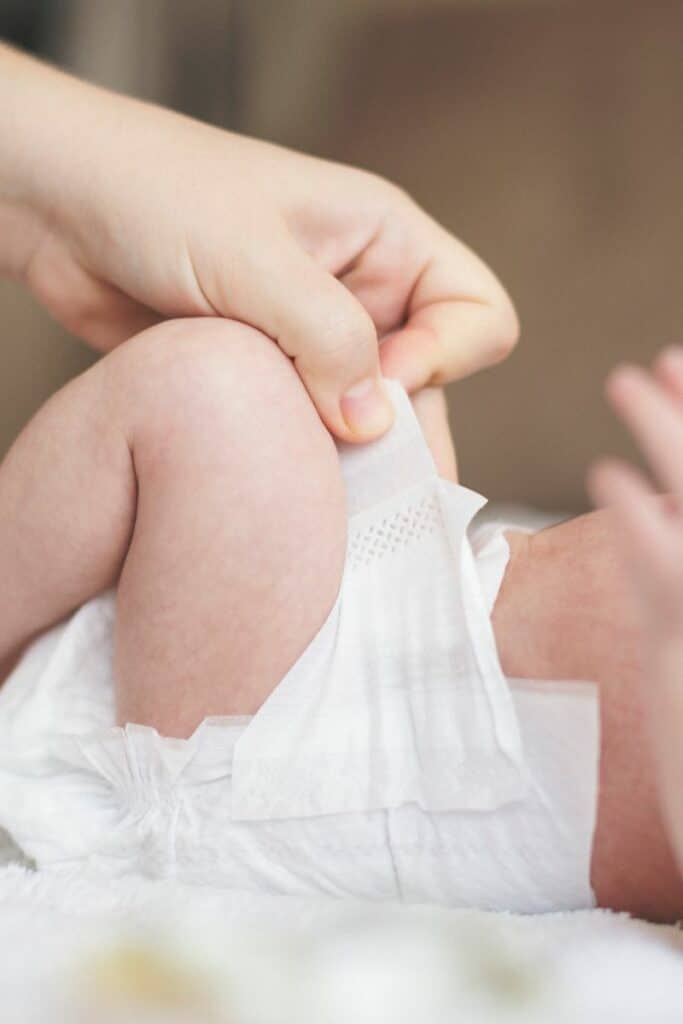
Disclaimer: This is not medical advice. Information and statements shown here are for educational and informational purposes only and are not to replace the advice of your healthcare professional.
This post may include affiliate links. Please refer to our disclaimer for full disclosure.
What Is Diaper Rash and Why Is It Common in Newborns?
Diaper rash is a common condition where the baby’s diaper area becomes red, irritated, or sore. Newborns have very sensitive skin, which can easily get irritated by wet diapers, dirty diapers, or too much contact with moisture. Frequent bowel movements also expose the skin to bacteria and irritants, making diaper rash more likely.
Types of Diaper Rash and Their Causes
- Irritant Diaper Rash
This is the most common type of diaper rash. It happens when the baby’s bottom is exposed to urine, stool, or harsh products like laundry detergent, fabric softeners, or baby wipes. Staying in a wet diaper for too long or using irritating products can make it worse. - Yeast Diaper Rash
This rash is caused by a fungal infection, often Candida albicans. It looks like bright red patches with small bumps and can happen after antibiotics or when the diaper area stays damp. Yeast thrives in warm, moist areas, especially in skin folds. - Bacterial Diaper Rash
Bacterial infections can cause a diaper rash that oozes or forms yellowish scabs. These rashes can become severe and may need treatment with an antibiotic cream or ointment. - Allergic Reactions
Babies may react to certain products, disposable diapers, or new foods in their diet. Acidic foods, like citrus, can irritate the skin during bowel movements. - Seborrheic Dermatitis
This is a skin condition that can affect the diaper area, leading to scaly patches and irritation.
This guide will give you safe and natural home remedies for each type of diaper rash. You’ll also find tips to soothe your baby’s diaper area and prevent rashes from coming back, including how to clean your baby’s bottom properly, choose the right diaper creams, and avoid products that cause irritation.
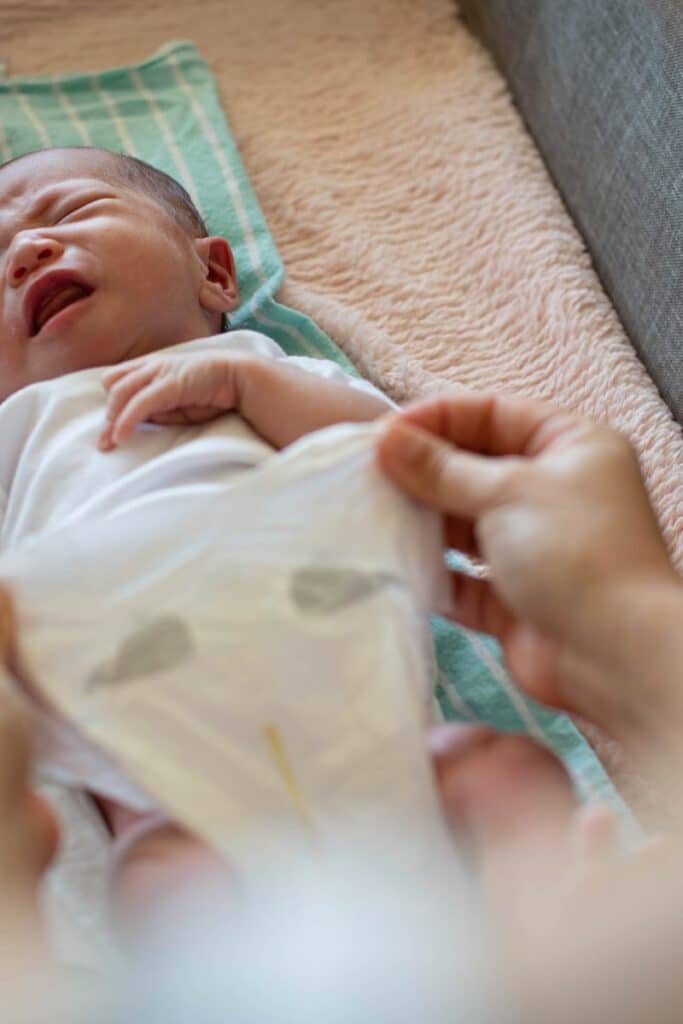
What Causes Newborn Diaper Rash?
Newborn diaper rash is a common condition caused by several factors. Understanding the cause helps you pick the right treatment and prevent it from coming back. Here are the most common causes:
- Prolonged Contact with Wet or Dirty Diapers
When a wet or dirty diaper sits against the baby’s bottom for too long, it can cause skin irritation or diaper dermatitis. The moisture breaks down the skin’s protective barrier, making it more likely for a rash to appear. - Sensitive Skin Reacting to Wipes or Diapers
Some babies have sensitive skin that reacts to chemicals in disposable diapers, baby wipes, or even laundry detergent used on cloth diapers. This can lead to an allergic reaction or irritant diaper rash. - Friction or Chafing
Tight diapers or rough diaper wipes can cause friction, leading to redness and irritation, especially in the skin folds of the baby’s diaper area. - Yeast or Bacterial Infections
Warm, moist conditions in a diaper are the perfect place for a fungal infection like Candida albicans (yeast) to grow. Yeast diaper rashes often cause bright red skin and small red bumps. A bacterial infection, on the other hand, can lead to oozing, yellow crusts, or severe rashes that may need antibiotic treatment. - Food-Related Changes
Changes in your baby’s diet, such as new foods, solid foods, or even what a breastfeeding parent eats, can affect the acidity of bowel movements. Acidic foods like citrus can irritate the baby’s skin, leading to diaper rash.
Home Remedies for Each Type of Diaper Rash
Irritant Diaper Rash
Irritant diaper rash is the most common type of diaper rash. It happens when your baby’s delicate skin is exposed to moisture, urine, or stool for too long. Here are the key signs to watch for:
- Redness and Irritation: The skin on your baby’s bottom, genital area, or skin folds looks red and inflamed.
- Dry or Peeling Skin: The affected area may appear dry, flaky, or even slightly chapped.
- Soreness: Your baby might cry or seem uncomfortable during diaper changes due to irritation.
- No Bumps or Blisters: Unlike yeast or bacterial rashes, irritant diaper rash usually doesn’t have bumps, blisters, or oozing spots.
- Calendula Balm
- How to Make: Infuse calendula flowers in a carrier oil (like olive or almond oil) for 4-6 weeks, or use a slow cooker on low for 4 hours. Mix 1 part beeswax with 5 parts calendula-infused oil, melt together, and pour into a clean jar.
- How to Store: Keep in an airtight container at room temperature for up to 6 months.
- Coconut Oil
- How to Use: Use organic, cold-pressed coconut oil directly on clean, dry skin.
- How to Store: Keep in its original container, tightly sealed, at room temperature or in a cool place to prevent melting.
- Oatmeal Bath
- How to Make: Grind 1 cup of oatmeal into a fine powder and mix into a lukewarm bath. Optionally, add marshmallow root for extra soothing properties by steeping it overnight in cold water and adding it to the bath.
- How to Store: Keep ground oatmeal in a sealed container in a dry place for up to a year.
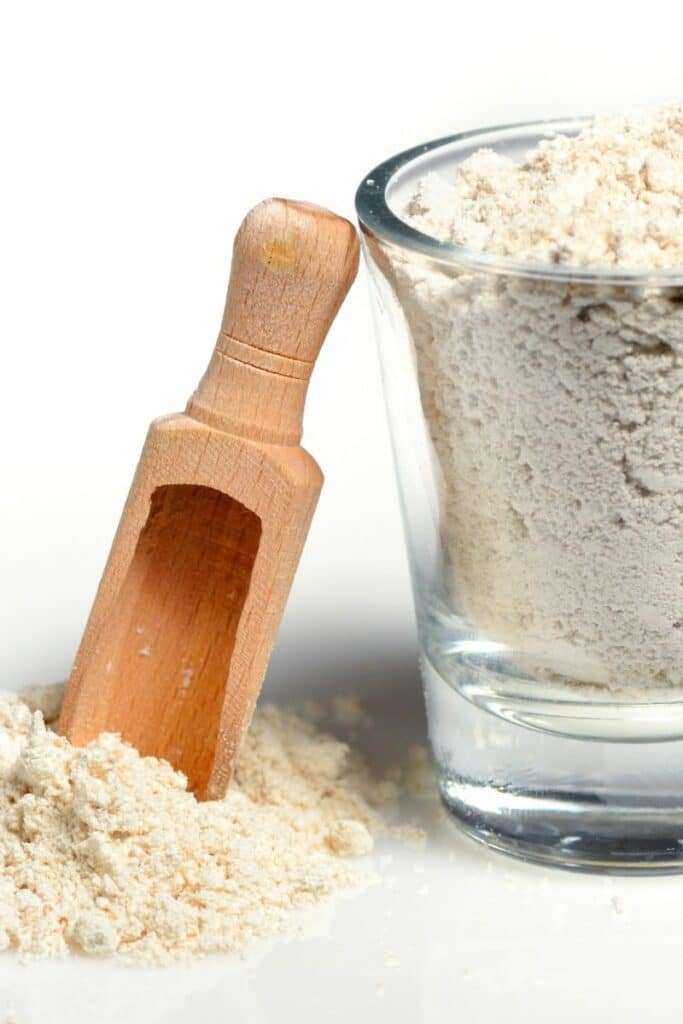
Yeast Diaper Rash
Yeast diaper rash, often caused by Candida albicans, thrives in warm, moist areas and can develop when the skin stays damp for too long. It’s also common after antibiotic use, which disrupts the balance of bacteria and yeast. Here’s what to look for:
- Bright Red Skin: The diaper area, especially in the folds of the thighs and groin, appears bright red and inflamed.
- Raised Bumps: You may notice small red bumps or spots around the main rash, often described as a "satellite" pattern.
- Persistent Rash: The rash doesn’t improve with standard diaper rash creams or treatments for irritant rashes.
- Shiny or Scaly Skin: Affected areas may look shiny or have a scaly texture.
- Apple Cider Vinegar Rinse
- How to Make: Dilute 1 teaspoon of raw, unfiltered apple cider vinegar in 1 cup of water.
- How to Use: Apply gently with a cotton ball or soft washcloth to the rash and let it air dry.
- How to Store: Store vinegar in its original bottle in a cool, dark place; prepare the rinse fresh each time.
- Arrowroot Powder
- How to Use: Dust a small amount of arrowroot powder over clean, dry skin before diapering.
- How to Store: Keep in a dry, airtight container to avoid clumping.
- Breast Milk
- How to Use: Dab a few drops of breast milk on the rash and let it air dry.
- How to Store: Fresh milk can be stored in the refrigerator for up to 4 days or frozen for longer use.
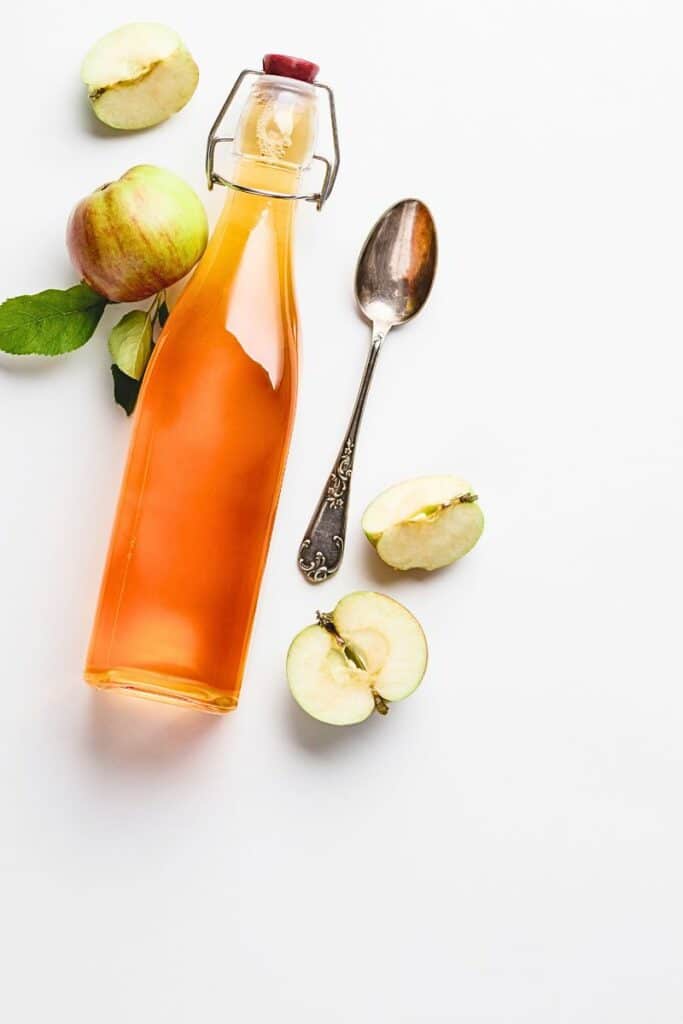
Bacterial Diaper Rash
Bacterial diaper rash can occur when broken or irritated skin in the diaper area becomes infected with bacteria, such as Staphylococcus or Streptococcus. It’s more serious than other types of diaper rashes and may require medical treatment. Here’s what to look for:
- Oozing or Yellow Crusts: The rash may produce pus or have yellowish scabs, which indicate infection.
- Blisters or Open Sores: You might see painful-looking blisters or raw, open areas on your baby’s skin.
- Intense Redness: The rash often appears bright red and inflamed, spreading beyond the usual diaper area.
- Fever or Fussiness: Your baby may develop a fever, seem more irritable, or act uncomfortable during diaper changes.
- Swelling or Warmth: The affected area might feel warm or swollen to the touch, which can signal a deeper infection.
- Colloidal Silver
- How to Use: Spray or dab colloidal silver onto the affected area and let it air dry.
- How to Store: Keep in a dark glass bottle at room temperature, away from sunlight.
- Aloe Vera Gel
- How to Make: Extract fresh aloe gel from a plant leaf, blending until smooth.
- How to Store: Store in a clean jar in the refrigerator for up to one week.
- Manuka Honey
- How to Use: Mix equal parts of Manuka honey and coconut oil, and apply a thin layer to the rash.
- How to Store: Keep the mixture in a sealed container at room temperature for up to a month.
Allergic Reactions
An allergic reaction in the diaper area can happen when your baby’s sensitive skin comes into contact with a product or material that irritates them. It can be tricky to identify, but here are the common signs to watch for:
- Red, Patchy Rash: The rash may appear as red, uneven patches, often more widespread than a typical diaper rash.
- Swelling or Puffy Skin: The diaper area might look swollen or puffy.
- No Response to Standard Creams: Unlike irritant diaper rashes, allergic reactions won’t improve with typical diaper creams or ointments.
- Location Matters: The rash may match the areas in direct contact with the irritant, such as the edges of the diaper or where wipes are used.
- Triggered by New Products: Look for recent changes, such as new disposable diapers, wipes, creams, detergents (for cloth diapers), or even fabric softeners.
- Olive Oil
- How to Use: Gently massage a few drops of extra-virgin olive oil onto clean, dry skin.
- How to Store: Keep in a sealed bottle in a cool, dark place to maintain freshness.
- Chamomile & Calendula Spray
- How to Make: Brew 1 tablespoon of dried chamomile flowers and 1 tablespoon of calendula flowers in 1 cup of boiling water. Let it steep until cool, strain, and pour into a spray bottle.
- How to Store: Keep in the refrigerator for up to one week.

Seborrheic Dermatitis
Seborrheic dermatitis is a skin condition that can affect the diaper area, often resembling a severe diaper rash. It’s caused by excess oil production and sometimes a mild yeast overgrowth. Here’s how to identify it:
- Scaly Patches: The rash may have yellow or greasy scales, often with red, inflamed skin underneath.
- Spread to Other Areas: It can appear not only in the diaper area but also in places like the scalp, neck, or armpits.
- Persistent Rash: Unlike regular diaper rash, it doesn’t clear up with standard diaper creams.
- No Intense Itching: While it may look uncomfortable, it usually doesn’t cause intense itching or pain.
- Resistant to Moisture Management: Keeping the area dry might not improve this type of rash as much as it does for others.
- Bentonite Clay Paste
- How to Make: Mix 1 tablespoon of bentonite clay with enough water or breast milk to form a thick paste.
- How to Use: Apply a thin layer to the affected area, let it dry, then rinse gently during the next diaper change.
- How to Store: Store the dry clay powder in a sealed container in a cool, dry place for up to a year. Mix fresh paste as needed.
These remedies are easy to prepare, gentle on your baby’s skin, and can be stored safely for convenient use whenever needed.
Preventing Future Diaper Rashes
Keeping your baby’s skin healthy and rash-free takes a little extra care, but it’s worth it. Here are simple tips to help prevent diaper rashes:
- Change Diapers Frequently
Always change wet or dirty diapers as soon as possible. Prolonged contact with moisture, urine, or stool can irritate the baby’s bottom and lead to diaper dermatitis. Check your baby’s diaper often, especially after bowel movements. - Use Gentle Cleaning Methods
Opt for fragrance-free, hypoallergenic wipes to clean your baby’s diaper area. Alternatively, use a soft cloth or cotton ball with warm water for a gentler approach. Avoid harsh soaps or diaper wipes that could irritate sensitive skin. - Diaper-Free Time
Let your baby go without a diaper for short periods every day. This allows their skin to air out and stay dry, reducing the risk of rashes. Lay your baby on a clean, soft towel during this time to keep them comfortable. - Choose the Right Diapers
Use diapers that fit snugly but aren’t too tight. Tight diapers can cause friction and irritation, especially in skin folds. If your baby is prone to rashes, consider switching between disposable diapers and cloth diapers to see which works best. - Consider Probiotics
Probiotics support gut health and can help prevent yeast-related rashes by maintaining a healthy balance of bacteria in the digestive tract. Speak to your healthcare provider about safe probiotics for your baby if they frequently get yeast infections.
By following these tips, you can significantly reduce the chances of diaper rash and keep your baby’s skin happy and healthy.
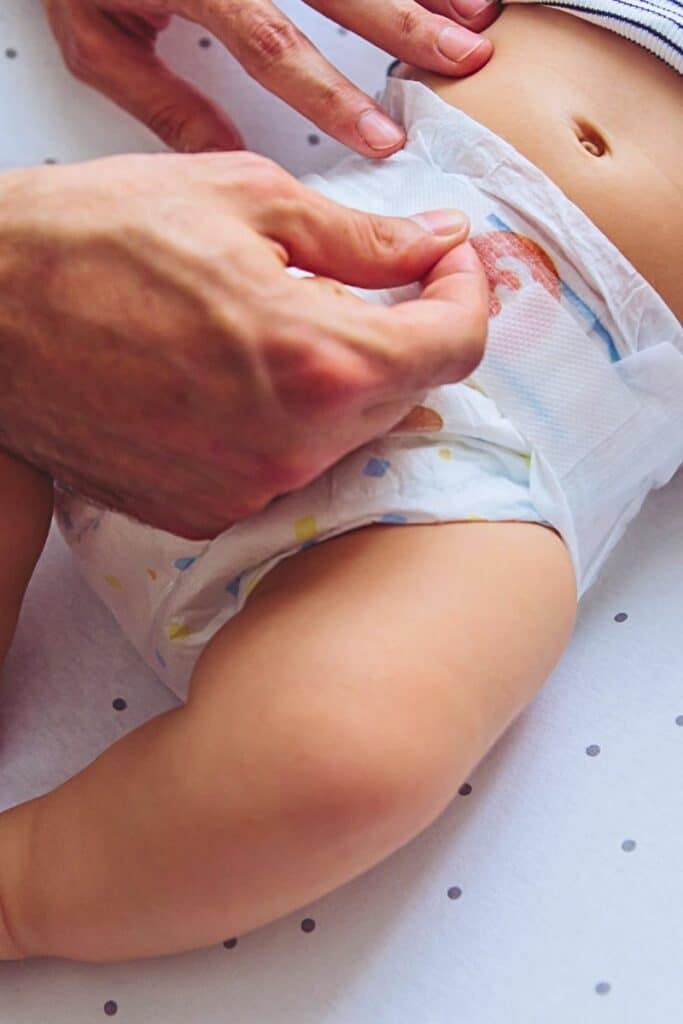
When to Seek Medical Attention for Diaper Rash
While most diaper rashes can be treated at home, some signs indicate it’s time to contact a healthcare provider. Seek professional care if you notice any of the following:
- Blisters, Pus, or Open Sores
If the rash develops blisters, oozing pus, or open sores, it could be a sign of a bacterial infection or severe irritation that needs medical treatment, such as antibiotic ointments. - Rash Persists or Worsens Despite Treatment
If home remedies and over-the-counter rash creams don’t improve the rash after a few days, or if it continues to spread or worsen, it may indicate a fungal or bacterial infection that requires specialized care. - Fever or Unusual Fussiness
If your baby develops a fever, appears lethargic, or is more fussy than usual, the rash could be part of a more serious condition, such as a secondary infection, and should be evaluated by a healthcare professional.
It’s always a good idea to check with your child’s doctor if you’re unsure or concerned about your baby’s rash. Early intervention can prevent complications and help your baby feel better faster.
How To Get Rid Of Newborn Diaper Rash
Identifying the type of diaper rash is the first step to finding the right treatment. Whether it’s caused by irritation, yeast, bacteria, or an allergic reaction, knowing the cause ensures your baby gets the care they need to heal quickly.
Natural and gentle remedies, like calendula balm, coconut oil, or oatmeal baths, can work wonders when paired with prevention strategies like frequent diaper changes and diaper-free time. These small steps can make a big difference in keeping your baby’s bottom healthy.
Remember, patience and consistency are key. With regular care, your baby’s skin will stay happy, soft, and rash-free.



